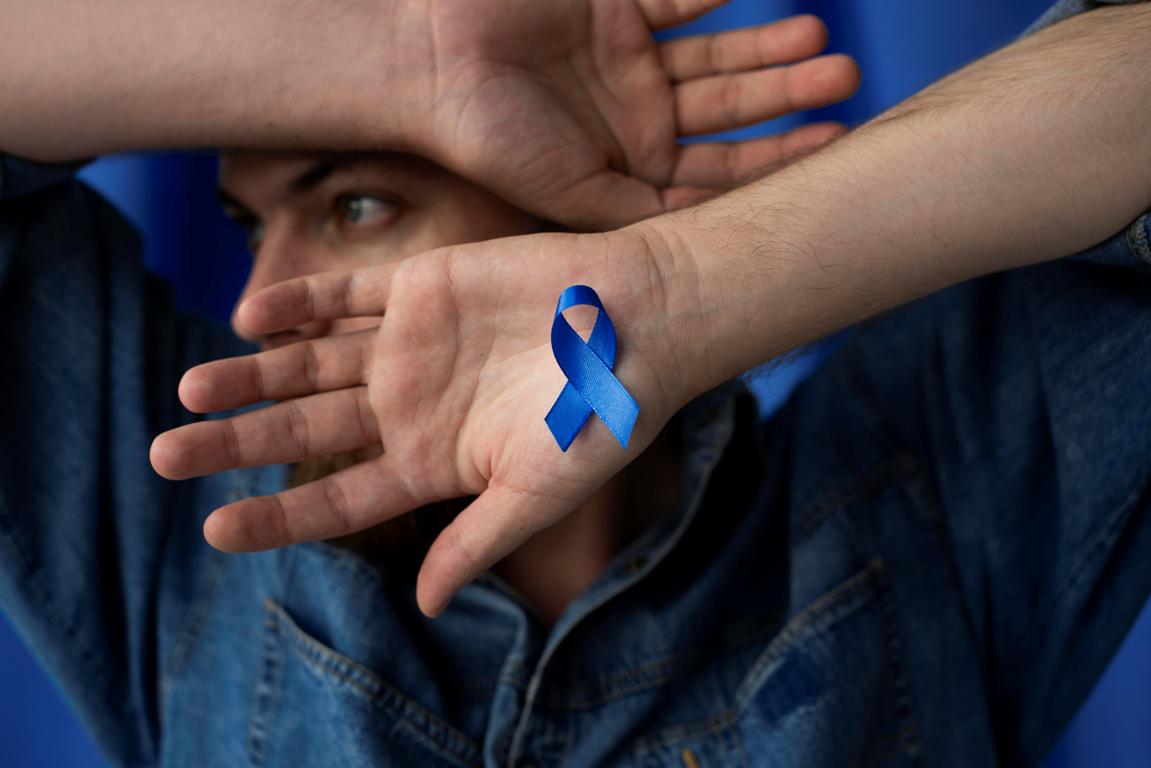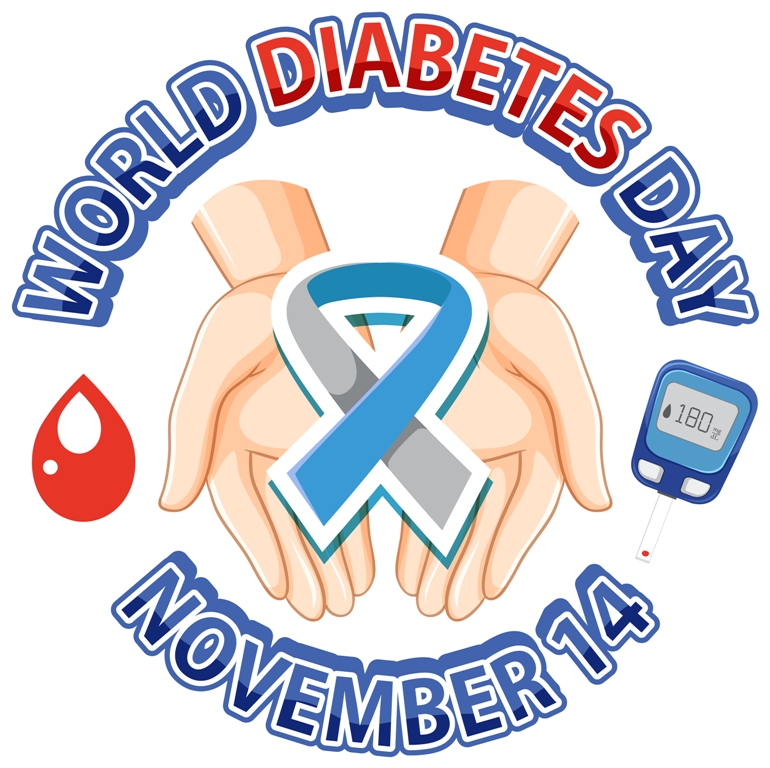What is the ribbon color for diabetes? This question often arises in discussions about raising awareness for diabetes, a prevalent health condition affecting millions worldwide. The ribbon color serves as a symbol of support and solidarity for individuals living with diabetes, as well as a reminder of the importance of diabetes awareness.
Table of Contents
- Introduction
- Understanding Diabetes
- History of Ribbon Colors
- The Ribbon Color for Diabetes
- Importance of Diabetes Awareness
Key Takeaways
- The ribbon color for diabetes symbolizes support for individuals living with the condition.
- Understanding the history of ribbon colors provides insight into their significance in advocacy.
- Raising awareness about diabetes is crucial for prevention, management, and reducing stigma.
Understanding Diabetes
In order to grasp the significance of the ribbon color for diabetes, it’s essential to first understand the condition itself.
Definition and Types of Diabetes
Diabetes is a chronic health condition characterized by elevated blood sugar levels. There are several types of diabetes:
| Type | Description |
|---|---|
| Type 1 diabetes | Occurs when the pancreas produces little to no insulin. |
| Type 2 diabetes | Occurs when the body becomes resistant to insulin or does not produce enough insulin. |
| Gestational diabetes | Develops during pregnancy and usually resolves after childbirth. |
Prevalence and Impact of Diabetes Worldwide
Diabetes affects millions of people worldwide and has significant health implications:
- According to the World Health Organization (WHO), approximately 422 million adults had diabetes in 2014, and the prevalence is rising.
- Diabetes can lead to serious complications, including cardiovascular disease, kidney failure, and blindness.
History of Ribbon Colors
The use of ribbon colors as symbols of awareness has a rich history:
Origin and Evolution
The tradition of using ribbon colors to represent various causes dates back to the 20th century:

Significance in Advocacy
Ribbon colors serve as powerful tools in advocacy efforts:
- They raise visibility for important causes.
- They foster a sense of community among individuals affected by specific issues.
The Ribbon Color for Diabetes
The ribbon color for diabetes is blue. This color was chosen for its symbolic significance:
Symbolism and Meaning
The blue ribbon represents:
- Support for individuals living with diabetes
- Awareness of the challenges faced by those with the condition
- Hope for advancements in diabetes prevention and treatment

Importance of Diabetes Awareness
Raising awareness about diabetes is crucial for various reasons:
Benefits of Awareness
Increased awareness leads to:
- Early detection and diagnosis of diabetes
- Prevention of complications through lifestyle changes
- Support for individuals living with the condition
Role of Awareness Campaigns
Awareness campaigns play a vital role in promoting understanding and action:
- They educate the public about risk factors and warning signs of diabetes.
- They advocate for policy changes to improve access to healthcare and diabetes management resources.
- They provide platforms for individuals to share their experiences and support one another.

Impact on Stigma Reduction
Increasing awareness can help reduce stigma associated with diabetes:
- By fostering empathy and understanding, awareness initiatives combat misconceptions about the condition.
- They promote inclusivity and support for individuals with diabetes.
Frequently Asked Questions
What is the significance of the ribbon color for diabetes?
The blue ribbon symbolizes support for individuals living with diabetes and raises awareness of the challenges they face.
How did the ribbon color for diabetes originate?
The choice of blue as the ribbon color for diabetes awareness originated from the desire to create a universal symbol of support and solidarity for those affected by the condition.
Are there different ribbon colors for different types of diabetes?
While the blue ribbon is generally used to symbolize all types of diabetes, some organizations may use different colors to represent specific subtypes or aspects of the condition.
How can individuals show support for diabetes awareness using the ribbon color?
Individuals can show support for diabetes awareness by wearing blue ribbons, participating in awareness events, sharing information about the condition on social media, and donating to diabetes research and advocacy organizations.






